Space Launch System: One Step Closer to the Moon—and Beyond
Original Publication Date: 2022-12-19 16:00
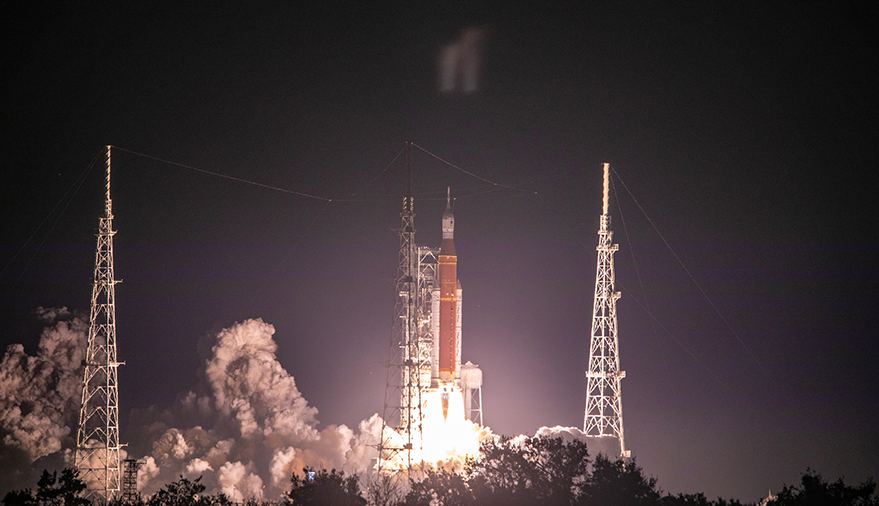
Artemis will establish the first long-term human-robotic presence on and around the Moon. Eventually, Artemis will send the first astronauts to Mars, 140 million miles away. The dedication, hard work, passion and excitement required to make these missions a reality falls largely on the shoulders of young enthusiasts.
Vega C fails on second launch
Original Publication Date: 2022-12-21 03:44
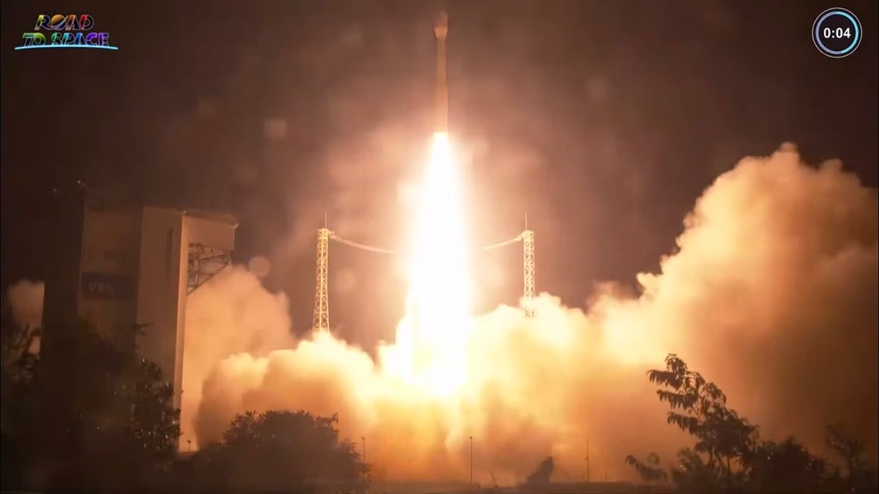
The Vega C rocket lifted off at 8:47 p.m. Eastern from Kourou, French Guiana. It was carrying the Pléiades Neo 5 and 6 imaging satellites for Airbus. On-screen telemetry showed that the rocket was deviating the from its planned trajectory.
NeuralAgent and Miratlas jointly address atmospheric impediments to optical communications
Original Publication Date: 2022-12-21 00:58

German startup NeuralAgent GmbH is joining forces with French startup Miratlas SAS. The two companies are developing an AI-based technique to predict atmospheric conditions. Clouds, rain, fog and other weather conditions can interfere with the transfer of optical data. “We can bring another solution to laser communication problems,” NeuralAgent CEO says.
Future space drugs - SpaceNews
Original Publication Date: 2022-12-20 22:26
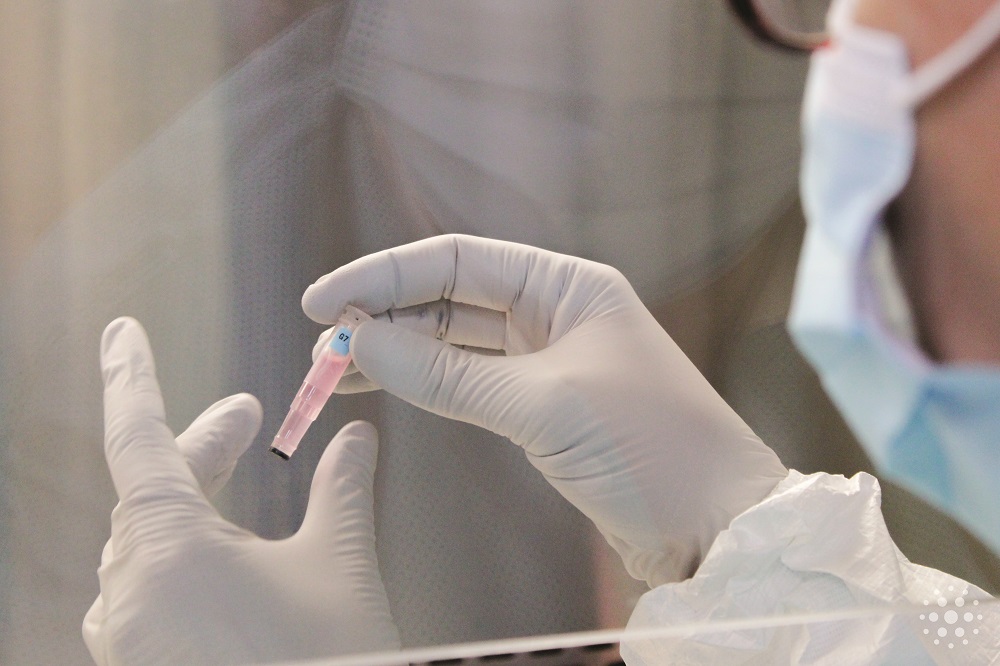
The National Stem Cell Foundation secured funding this year to cover spaceflight costs for a launch around the end of 2023 to the ISS. It will test drugs for Parkinson’s disease and multiple sclerosis (MS) for the first time in orbit. Cells behave very differently in space. Proteins do not fold in the same way, cartilage grows faster.
Fiscal year 2023 omnibus bill provides $25.4 billion for NASA
Original Publication Date: 2022-12-20 12:53
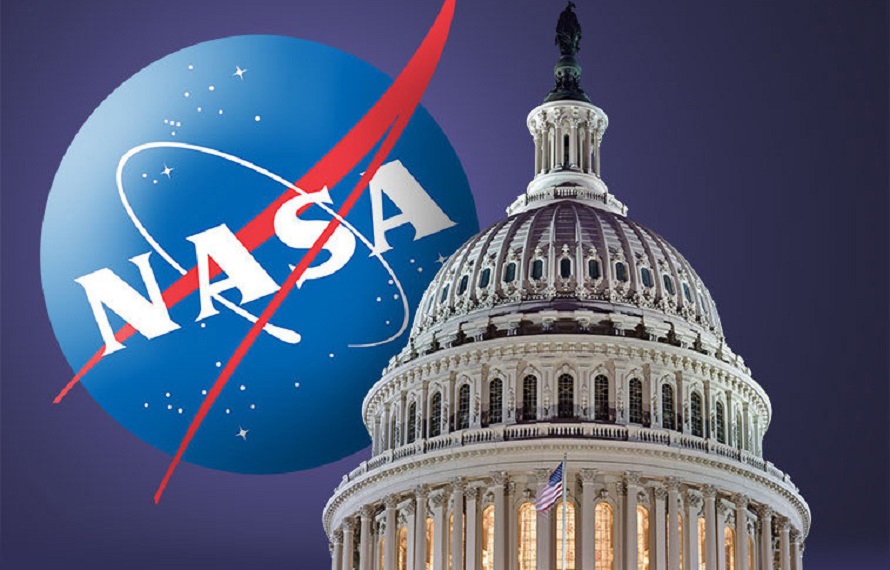
Congressional appropriators released the final version of the omnibus spending bill early Dec. 20. The bill includes $25.384 billion for NASA in the fiscal year that started Oct. 1. That amount is a 5.6% increase over the $24.041 billion the agency received in fiscal year 2022. It is, though, significantly less than the $25.974 billion that the White House requested.
Live coverage: Vega C fails after launch with two Earth observation satellites – Spaceflight Now
Original Publication Date: 2022-12-20 00:00
Arianespace’s live video webcast begins at approximately 0120 GMT (8:20 p.m. EST), and will be available on this page. Text updates will appear automatically below. Follow us on Twitter @Arianespace and @SpaceX.
NASASpaceFlight.com
India launches a new ocean monitoring satellite on Saturday morning. The EOS-06 spacecraft will be placed into a low Earth orbit. The mission, PSLV C54, lifted off from the Satish Dhawan Space Centre at 11:56 local time (06:26 UTC)
Commercial Archives
Arianespace has suffered a failure during Vega-Consolidation’s (Vega-C) first operational launch. The rocket was set to carry the Pléiades Neo 5 and 6 Earth-observation satellites to a Sun-synchronous orbit (SSO) The launch failure occurred during stage 2 flight, with CEO Stephane Israel citing an “underpressure” indicated during that stage’s burn.
International Archives
Arianespace has suffered a failure during Vega-Consolidation’s (Vega-C) first operational launch. The rocket was set to carry the Pléiades Neo 5 and 6 Earth-observation satellites to a Sun-synchronous orbit (SSO) The launch failure occurred during stage 2 flight, with CEO Stephane Israel citing an “underpressure” indicated during that stage’s burn.
ISS Updates – Spaceflight101 – International Space Station

A veteran NASA spacewalker and an EVA rookie from Japan ended their week with nearly six hours of work outside the International Space Station. The restoration of the Station’s Mobile Servicing System started last year and continued in January to provide Canadarm2 with a new pair of grappling hands.
Featured – Spaceflight101

SpaceX Falcon 9 took to the skies over Florida’s Cape Canaveral Monday afternoon. The Falcon 9 lifted a flight-proven Dragon spacecraft into orbit for a critical delivery of science gear, supplies and maintenance hardware. The Dragon is the first of at least six cargo ships inbound to the U.S. Segment of ISS this year.
News – Spaceflight101

Europe's Copernicus satellite fleet is gearing up for the arrival of its next addition on Wednesday. A Russian Rockot booster is set to blast off from the Plesetsk Cosmodrome at 17:57 UTC with the Sentinel-3B multi-function satellite.
Re-Entry: Long March 11 Rocket Body – Spaceflight101

The CZ-11 fourth stage of a Long March 11 rocket re-entered the atmosphere on April 29, 2018 after only three days in orbit. The rocket used leftover propellant for a partial de-orbit maneuver, lowering its perigee to 120 Kilometers to significantly accelerate its orbital decay. Exact details on the fourth stage of China’s new Long March 11 launcher are not available.
NASA Gets Unusually Close Glimpse of Black Hole Snacking on Star

The event was first spotted on March 1, 2021, by the Zwicky Transient Facility (ZTF), located at the Palomar Observatory in Southern California. It was subsequently studied by NASA’s Swift Observatory and Neutron star Interior Composition Explorer (NICER) telescope. Then, around 300 days after the event was first spotted, NASA’s NuSTAR began observing the system. Scientists were surprised when NuSTAR detected a corona – a cloud of hot plasma, or gas atoms with their electrons stripped away.
NASA Awards Launch Services Contract for Sentinel-6B Mission

Sentinel-6B will continue the long-term global sea level data record begun in 1992 by Topex/Poseidon. The Sentinel-6B mission currently is targeted to launch November 2025, on a SpaceX Falcon 9 rocket from Space Launch Complex 4E at Vandenberg Space Force Base in California.
40-Year Study Finds Mysterious Patterns in Temperatures at Jupiter

Scientists have completed the longest-ever study tracking temperatures in Jupiter’s upper troposphere. The work, conducted over four decades, found unexpected patterns in how temperatures of Jupiter’s belts and zones change over time. The study is a major step toward a better understanding of what drives weather at our solar system’s largest planet.
NASA’s Perseverance Rover to Begin Building Martian Sample Depot
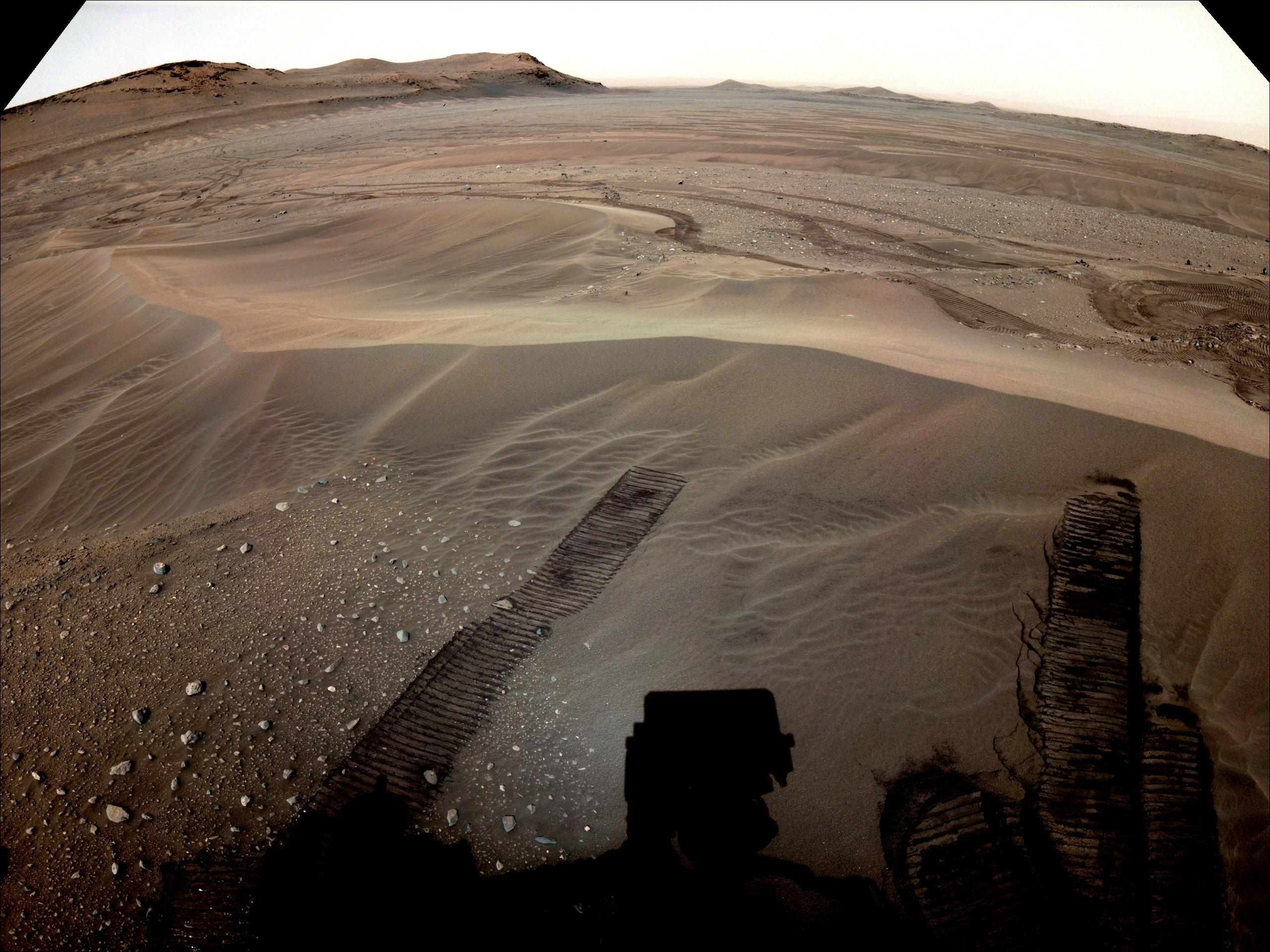
Perseverance’s prime mission will conclude on Jan. 6, 2023 – one Mars year (about 687 Earth days) after its Feb. 18, 2021, landing. Called the Delta Top Campaign, this new science phase will begin when Perseverance finishes its ascent of the delta’s steep embankment.
Two Exoplanets May Be Mostly Water, NASA’s Hubble and Spitzer Find

A team led by of researchers at the University of Montreal has found evidence that two exoplanets orbiting a red dwarf star are “water worlds,” where water makes up a large fraction of the entire planet. These worlds, located in a planetary system 218 light-years away in the constellation Lyra, are unlike any planets found in our solar system.
NASA’s Juno Exploring Jovian Moons During Extended Mission

NASA’s Juno mission is scheduled to obtain images of the Jovian moon Io on Dec. 15. Juno is in the second year of its extended mission to investigate the interior of Jupiter. The solar-powered spacecraft performed a close flyby of Ganymede in 2021 and of Europa earlier this year.
NASA Sensors to Help Detect Methane Emitted by Landfills

Methane is a potent greenhouse gas, the source of roughly a quarter to a third of global warming caused by humans. Methane produced by the waste sector contributes an estimated 20% of human-caused methane emissions. The project will entail conducting an initial remote-sensing survey in 2023 of more than 1,000 managed landfills across the United States and Canada.
